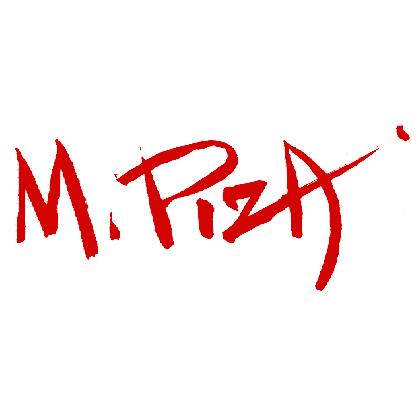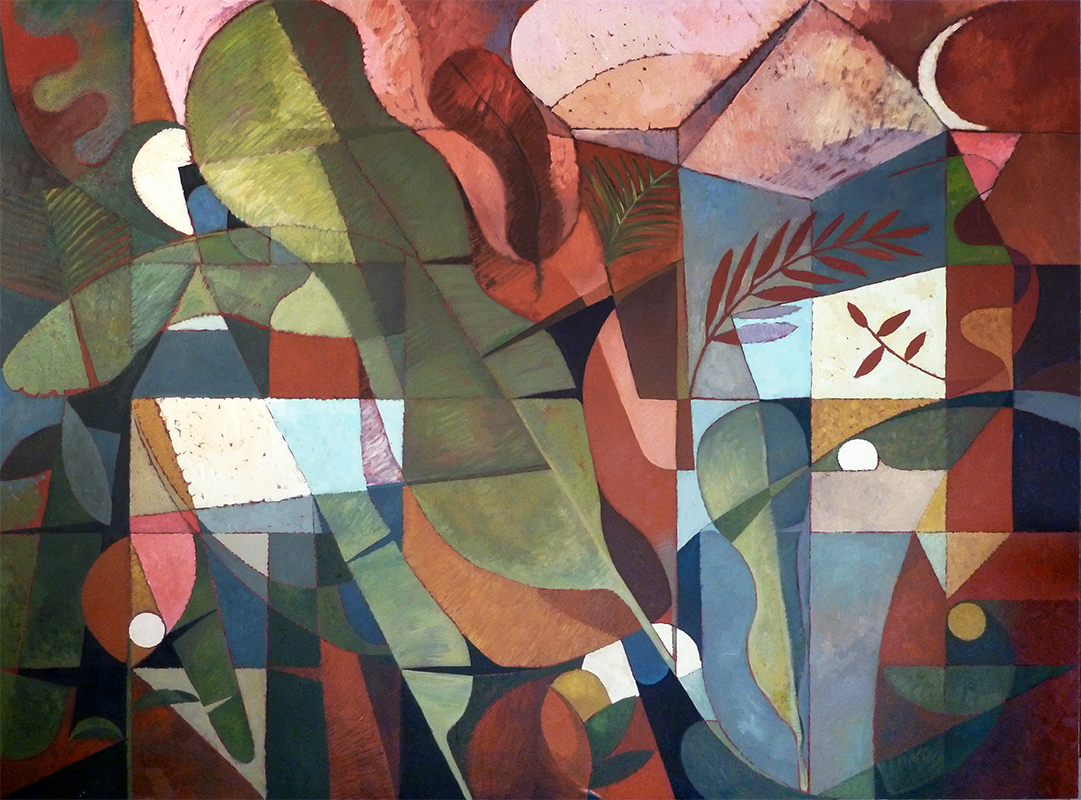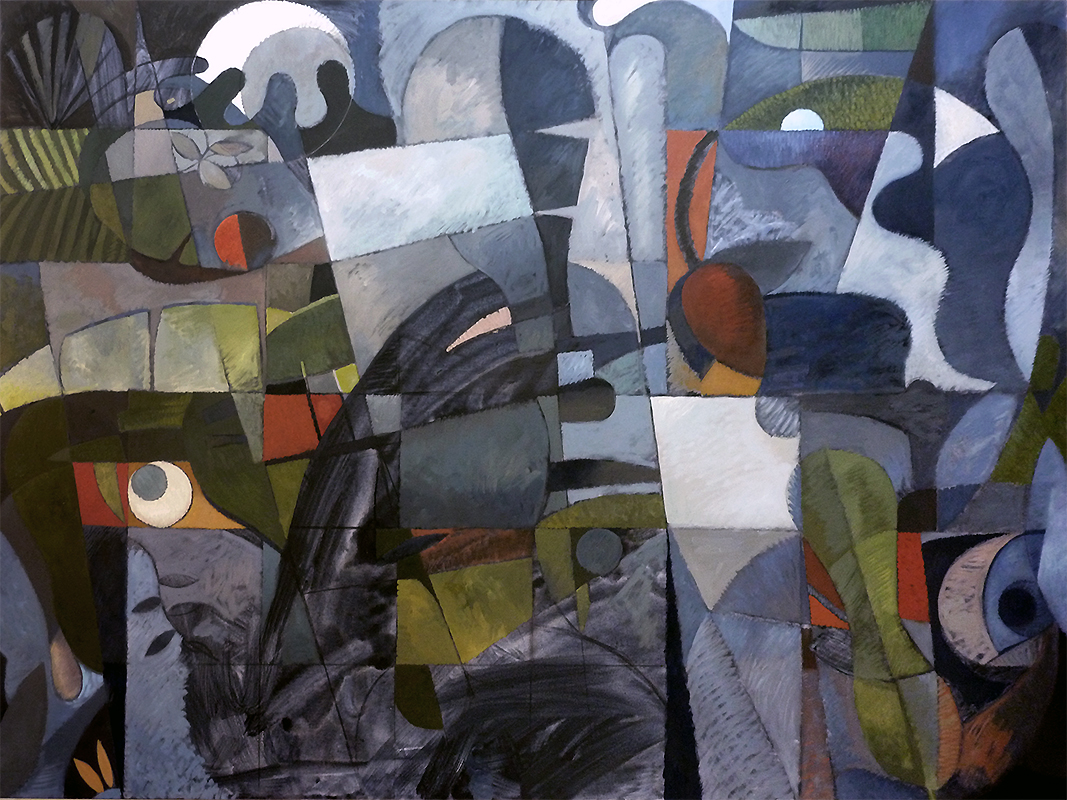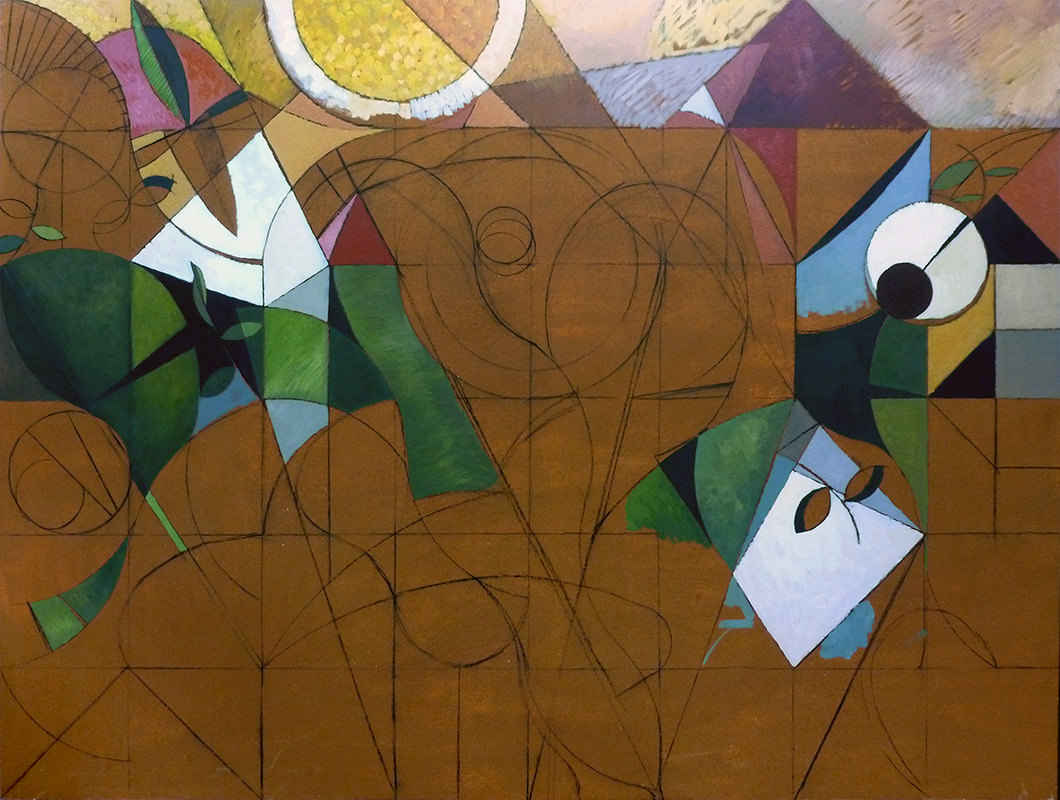Choose a mode and then play some riffs and some licks. Jive on.
It’s funny how Jazz terms are extremely familiar to me and are easily understood. And mind that in reality I may be completely misunderstanding them since I can barely carry a tune when I whistle and have no musical background whatsoever. In my ignorance, the way I think about painting seems to have close connection with musical improvisation.
Like in a game, you set the initial conditions and rules, but you cannot know how the game is going to play out. Its almost as if in voluntarily restricting the number of possible options by setting up certain rules, certain limits to creation, the playing became much more focused and fun.
To choose a Mode (in the musical sense), is to chose the scale, the general tonality that establishes the emotional quality or mood. In painting this is sometimes established through a predominant colour that establishes the atmosphere of the piece and that unifies it. In my case I establish this through a colored Imprimatura. Imprimatura is this veil of paint that covers the white background of a painting.
Another thing that establishes this general mood is this grid that I have been using and that sets a basic beat over which the lines of the composition will develop their rhythmic variations.
Play some Riffs and some Licks. A riff é thematic, it’s a recurring phrase or pattern, característic and easyly recognizable: the evident and ondulating banana leaves; the prisms and hard sharp retangles of the buildings and skyscapers.
Licks are the not so identifiable and are incomplete forms: they are chords and progressions; the curves and geometries that create a whole world of vegetable and urban forms, signs, clouds and trees and that in their ambiguity create this place that is no place, yet strangely familiar.
To Jive is this playful improvisation in music and speech. I go on finding the composition as I go along, in other words, I have no idea of the final result. As I avoid correcting or changing anything, the possibilities decrease as the work progresses. Everything stays there until the very end. It feals like pilling blocks, always on the verge of the whole thing collapsing.
Musical improvisation happens in real time and allows no correction. Nothing in this paintings is really corrected. So in a sense they are a kind of slow motion improvisation, in the time of painting which is, of course, different. The adjustment always occurs much more on the color and value, and on the contours: the game of focusing and unfocusing, creating ambiguity, reiterations, and so on.
As Juan Gris used to say: “Until the work is completed he [the painter] must remain ignorant of its appearance as a whole”.
This tension between method and improvisation is something that interests me greatly.
Jive on!




